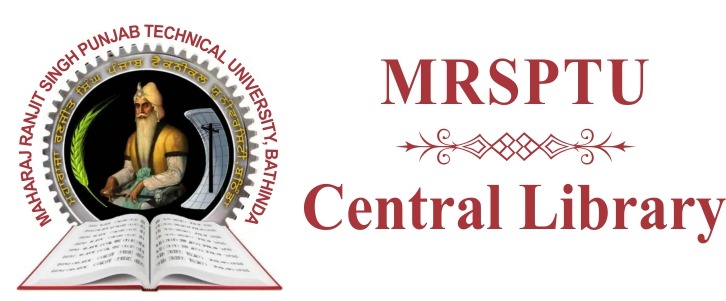Please use this identifier to cite or link to this item:
http://localhost:8080/xmlui/handle/123456789/707| Title: | A review on robust computational approaches based identification and authentication of herbal raw drugs. |
| Authors: | Singh, P A Bajwa, N Baldi, A et. al. |
| Keywords: | Authentication, artificial intelligence, biotechnology computational techniques, herbal drugs, phyto-chemicals, phytopharmaceuticals, standardization. |
| Issue Date: | 2020 |
| Publisher: | Letters in Drug Design & Discovery, 17(9) |
| Series/Report no.: | ;1066 - 1083 |
| Abstract: | Background: Over the last decade, there has been a sudden rise in the demand for herbal as well as Information and Technology (IT) industry around the world. Identification of plant species has become useful and relevant to all the members of the society including farmers, traders, hikers, etc. Conventional authentication techniques such as morphological characterization, histological methods, and optical microscopy require multiple skills which are tedious, timeconsuming and difficult to learn for non-experts. This creates a hurdle for individuals interested in acquiring knowledge of species. Relying on rapid, economical and computerized approaches to identify and authenticate medicinal plants has become a recent development. Objective: The purpose of this review is to summarize artificial intelligence-based technologies for wider dissemination of common plant-based knowledge such as identification and authentication to common people earlier limited to only experts. Methods: A robust plant identification design enabling automated plant-organ and feature-based identification utilizing pattern recognition and image processing techniques resulting in image retrieval and recognition has been highlighted in this review for all the concerned stakeholders. Attempts have been made to compare conventional authentication methods with advanced computerized techniques to emphasize the advantages and future applications of an automated identification system in countering adulteration and providing fair trade opportunities to farmers. Results: Major findings suggested that microscopical features such as shape and size of calcium oxalate crystals, trichomes, scleriods, stone cells, fibers, etc. are the essential descriptors for identification and authentication of herbal raw drugs using computational approaches. Conclusion: This computational design can be successfully employed to address quality issues of medicinal plants. Therefore, computational techniques proved as a milestone in the growth of agriculture and medicinal plant industries. |
| URI: | DOI: 10.2174/1570180817666200304125520 |
| ISSN: | 1875-628X |
| Appears in Collections: | Research Papers |
Files in This Item:
| File | Description | Size | Format | |
|---|---|---|---|---|
| Kindly contact to the Central Library.docx | 11.36 kB | Microsoft Word XML | View/Open |
Items in DSpace are protected by copyright, with all rights reserved, unless otherwise indicated.

